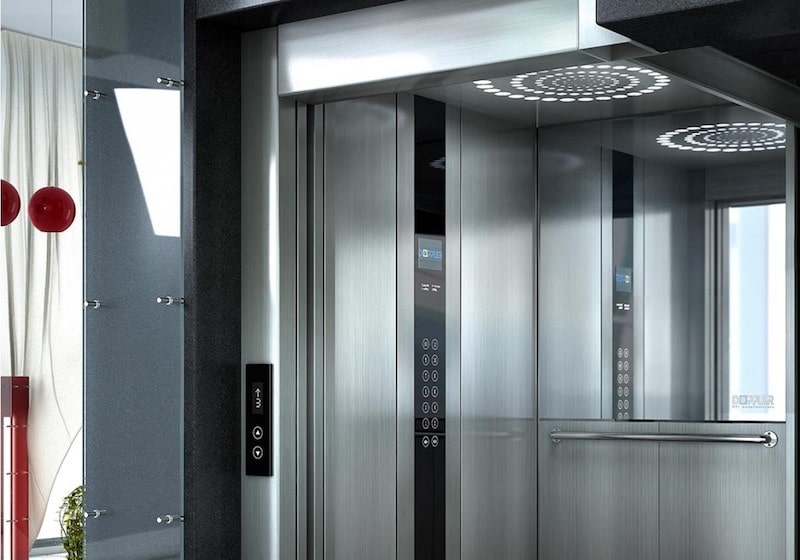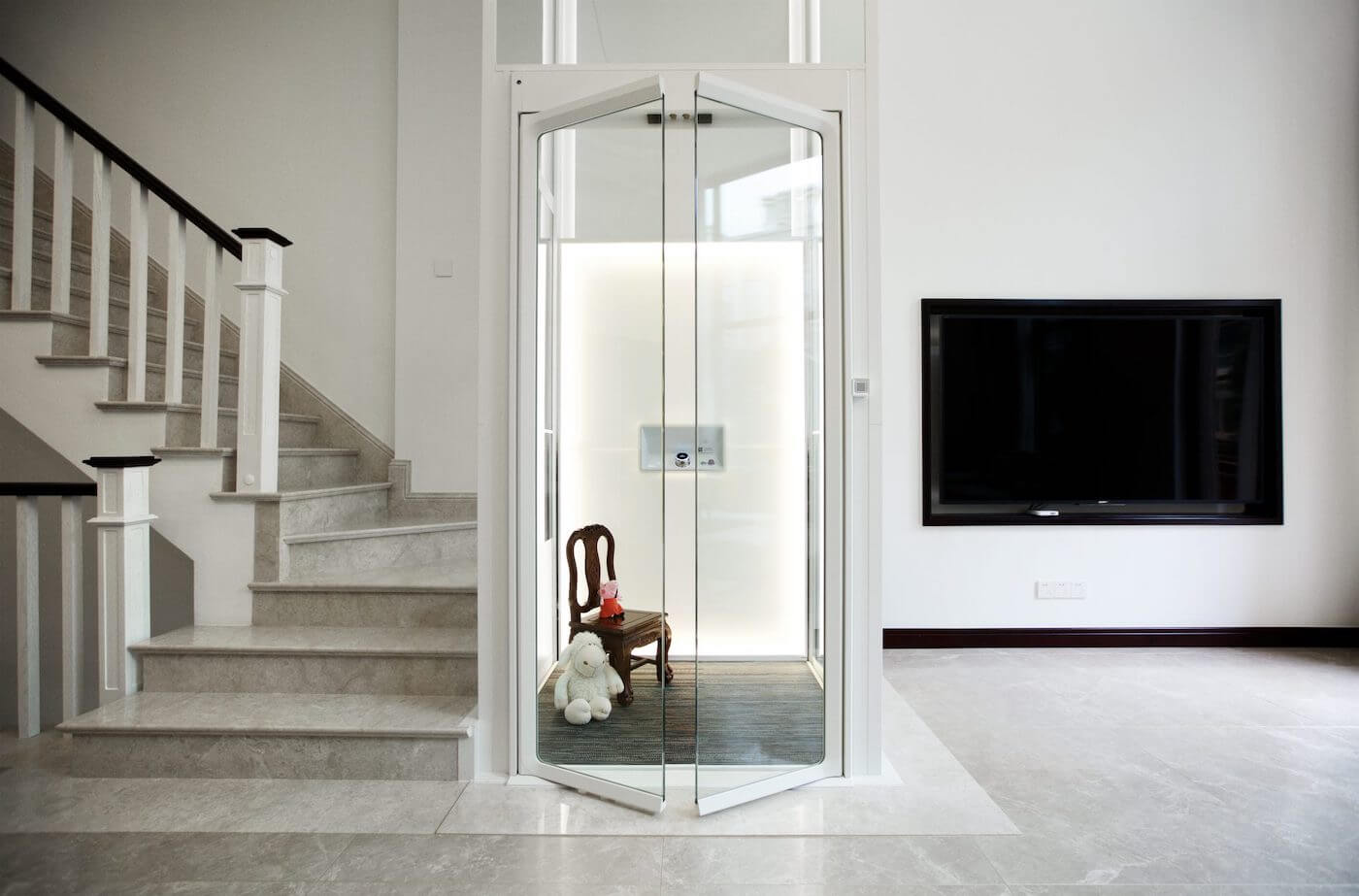We Maintain Lifts with Precision: Ensuring Safety And Security and Efficiency
We Maintain Lifts with Precision: Ensuring Safety And Security and Efficiency
Blog Article
Looking Into the World of Lifts: Typical Issues Encountered by Numerous Lift Devices
As we navigate via the vertical transportation systems of contemporary structures, elevators stick out as a crucial component of our day-to-days live. Nonetheless, behind their seamless procedure exists a globe of complex mechanisms that can occasionally experience obstacles. From hydraulic lifts to traction systems and machine-room-less layouts, each lift type features its set of typical concerns. Recognizing these obstacles is essential for making sure the smooth performance of these vital systems. Let's discover the intricacies that underlie the operation of lifts and the potential concerns that can arise, dropping light on the detailed web of lift systems.
Hydraulic Lifts
Hydraulic lifts, often liked for low-rise buildings, use fluid stress to control the motion of the elevator cars and truck (lift repair companies). This device involves a hydraulic pump pushing oil into a cyndrical tube, causing the elevator to move in the desired direction. While hydraulic elevators are understood for their silent and smooth procedure, they do feature their own set of common concerns
One widespread issue with hydraulic elevators is oil leakage. In addition, concerns with the control system, such as damaged shutoffs or a malfunctioning pump, can cause disturbances in the elevator's motion.
Normal maintenance and punctual repairs are vital to make sure the smooth performance of hydraulic elevators. By addressing these typical concerns proactively, structure proprietors can reduce downtime and make certain the security and performance of their vertical transport system.
Traction Lifts
When thinking about vertical transport systems in buildings, an additional typical kind apart from hydraulic lifts is the grip elevator. Grip lifts operate using a system of ropes and weights that relocate the elevator car by gripping onto the hoist ropes. This device permits smoother and quicker vertical transportation contrasted to hydraulic systems.
One of the usual problems encountered by grip elevators is rope wear. The consistent movement of the ropes within the grip system can lead to tear and wear with time, potentially creating the elevator to breakdown or end up being unsafe for usage. Routine inspections and maintenance of the ropes are vital to guarantee the elevator's proper functioning and security.
Another issue that grip elevators may experience is associated with the control system. Problems with the control system can cause problems such as erratic activity, delays in action times, or perhaps complete closures. Routine testing and upkeep of the control system are essential to stop such issues and make certain the elevator's dependability.
Machine-Room-Less (MRL) Elevators

Among the vital elements of MRL lifts is the small gearless traction machine that is mounted within the hoistway. This machine effectively drives the elevator vehicle without the requirement for large equipment located in typical traction lifts. In addition, MRL lifts normally use a weight system to stabilize the auto, additional boosting their energy effectiveness.
Regardless of their advantages, MRL elevators may encounter challenges connected to repair and maintenance as a result of the restricted area for tools installation. Ease of access for servicing elements within the shaft can be restricted, calling for specialized training for specialists. Correct maintenance schedules and regular assessments are critical to ensure the continued smooth operation of MRL elevators.
Overloading and Weight Limitation Issues
Overloading and weight restriction concerns are crucial concerns in lift procedures. Lift suppliers layout lifts with particular weight capabilities to ensure traveler safety and equipment long life.
When lifts are overloaded, it places extreme strain on the electric motor, cable televisions, and other elements, possibly triggering malfunctions or malfunctions. If they find excess weight, security mechanisms such as sensing units and overload sensors are in area to protect against lifts from moving. In addition, surpassing weight limits can cause boosted energy intake and deterioration on the lift system.
To reduce straining problems, constructing managers must prominently show weight limits in elevators and enlighten residents on the value of adhering to these limitations - lift repair companies. Routine upkeep checks by qualified technicians can likewise aid guarantee that elevators are operating within safe weight specifications. By attending to overloading and weight limitation issues proactively, structure owners can enhance elevator safety and security and effectiveness
Electric System Failings
Exceeding weight limitations in lifts can not just lead to mechanical issues however additionally possibly contribute to electrical system failures within the lift facilities. Electrical system failures are a critical concern in elevator operation, as they can trigger unforeseen closures, malfunctions, or perhaps security threats. One common electrical issue is the overheating of components because of extreme present flow brought on by overwhelming the lift beyond its capability. This can cause harm to the electric motor, circuitry, or control systems, leading to expensive fixings and downtime.
Furthermore, power surges or changes in the electrical supply can additionally interfere with the lift's operation, impacting its performance and safety and security. These electric disturbances can damage delicate elevator components such as check my reference control board, circuit boards, or sensors, bring about system failings. Regular upkeep and assessments are essential to identify and attend to possible electrical issues promptly, guaranteeing the effective and safe procedure of elevator systems. By sticking to weight limits and conducting regular electrical system checks, structure proprietors can alleviate the risk of electrical failings in lifts.
Conclusion

Hydraulic elevators, usually liked for low-rise buildings, use fluid pressure to regulate the movement of the lift vehicle.When taking into consideration upright transportation systems in structures, another usual type aside from hydraulic lifts is the traction lift. Traction elevators run using a system of ropes and weights that move the elevator auto by grasping onto the hoist ropes. Unlike typical elevators that require a separate equipment room to house the tools, MRL recommended you read lifts integrate many of the parts within the shaft, eliminating the demand for a dedicated maker area.In conclusion, elevators deal with usual issues such as hydraulic malfunctions, grip system failures, and electrical system issues.
Report this page